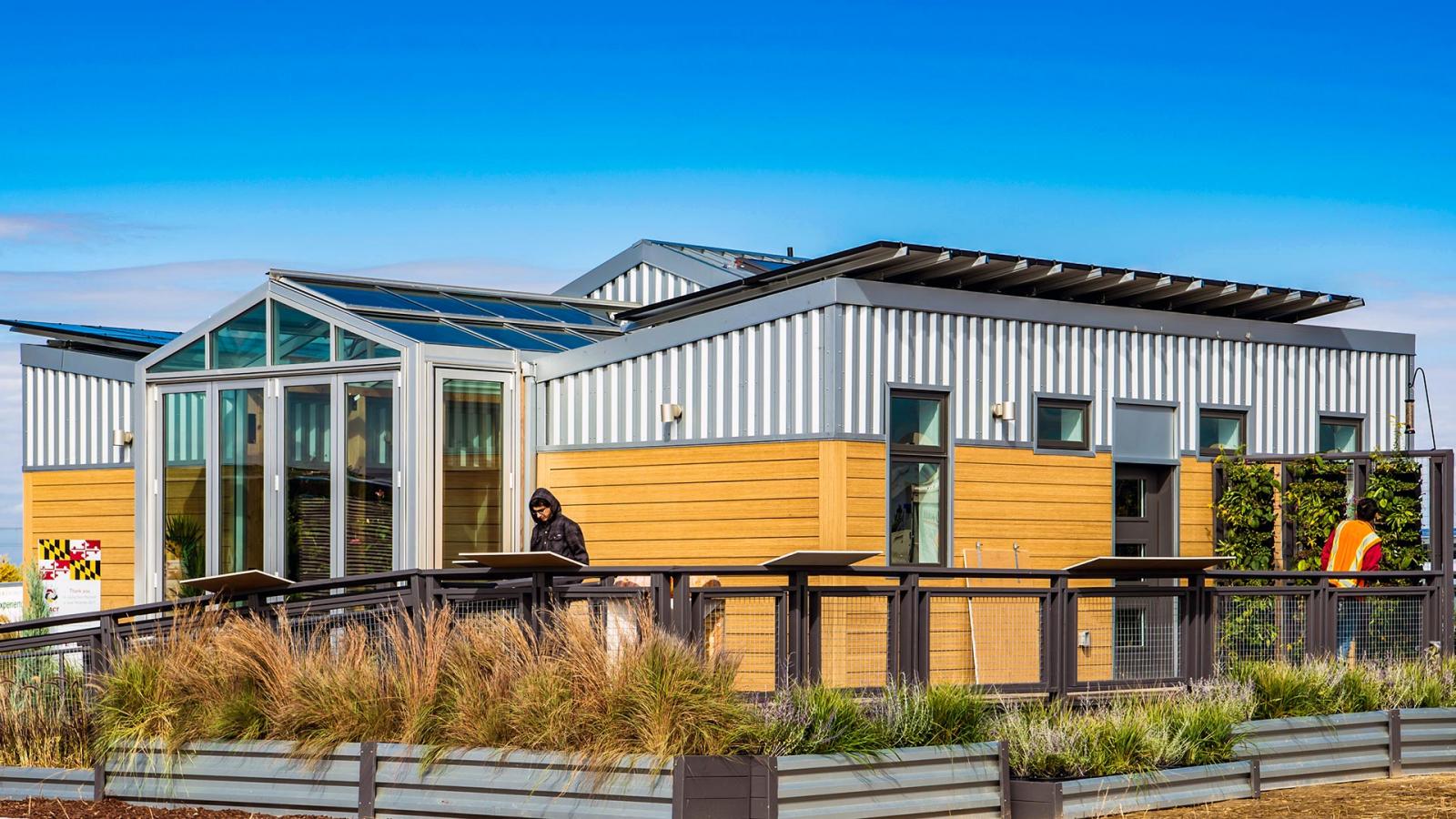Enhancing Resilience and Efficiency with Adaptive Roofing Technologies In the realm of construction and sustainability, the evolution of roofing technologies...
June 26, 2025





